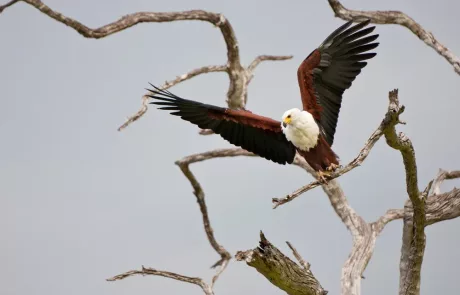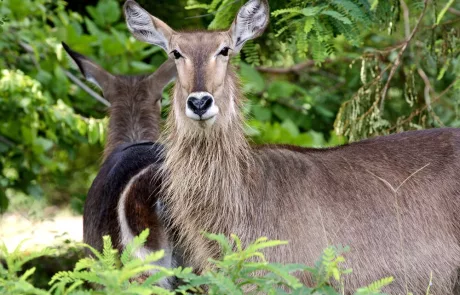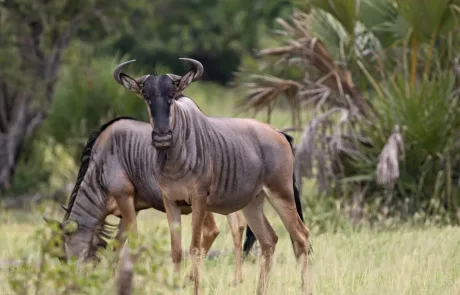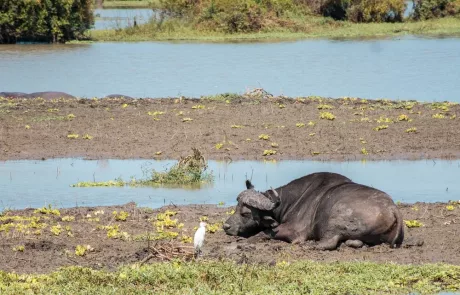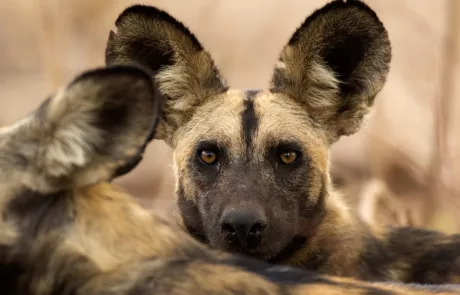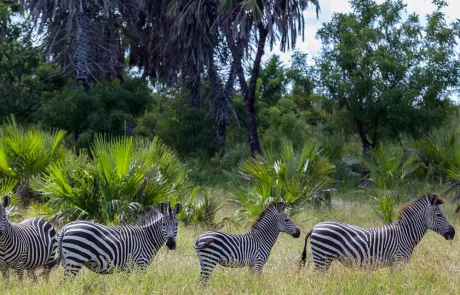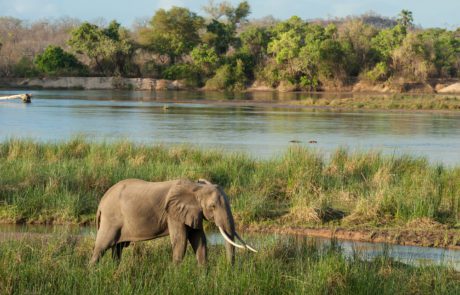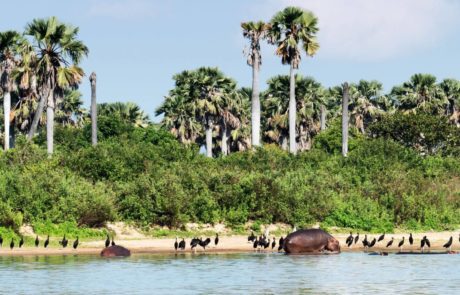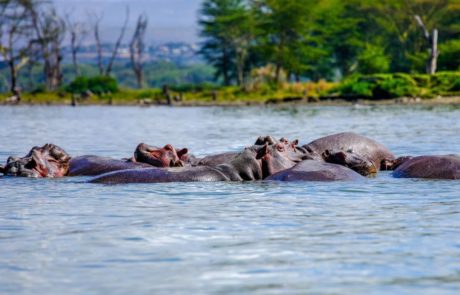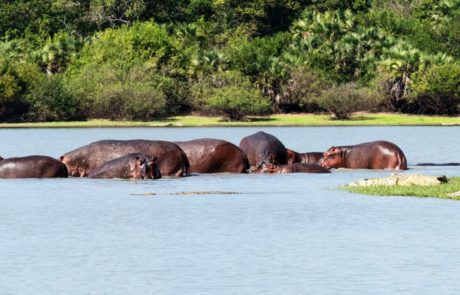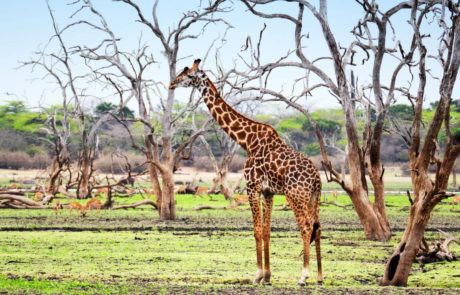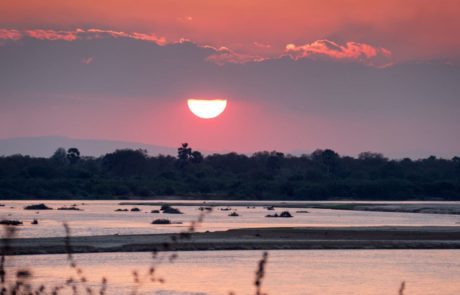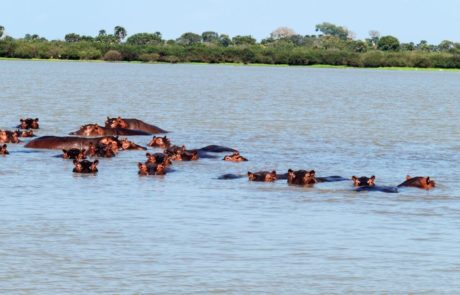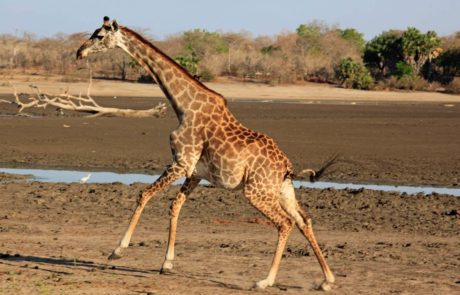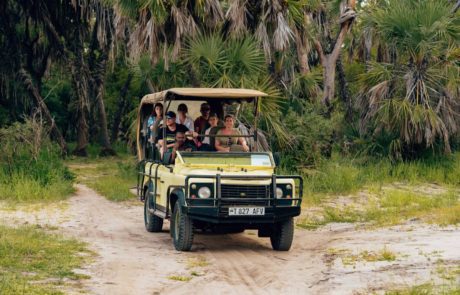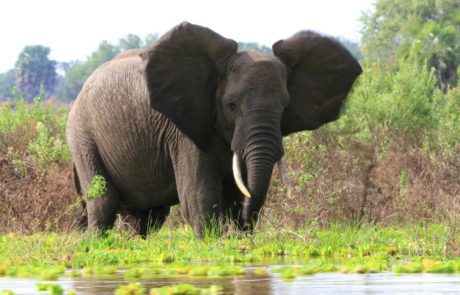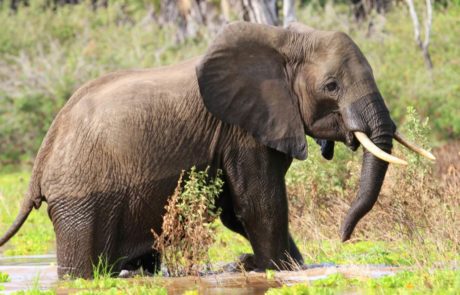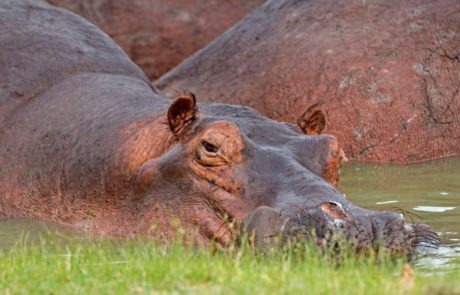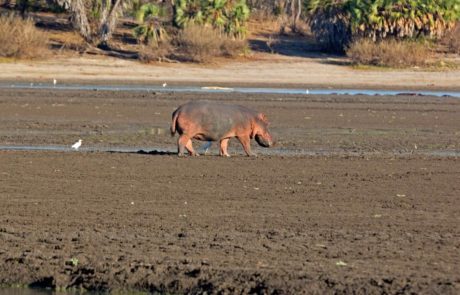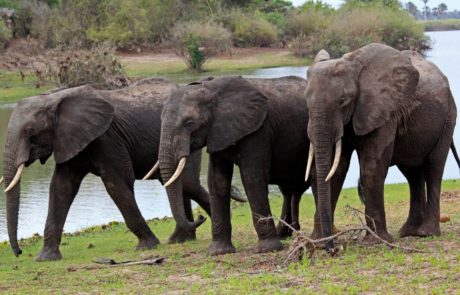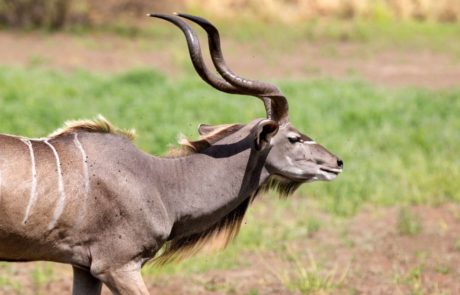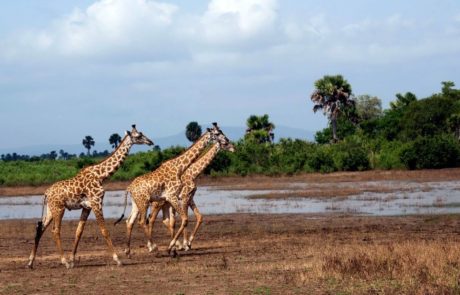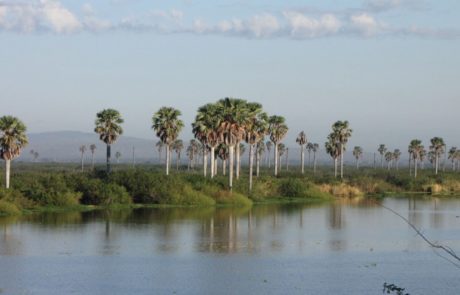Nyerere National park
Nyerere National Park offers an exceptional safari adventure like no other. With its vast size and diverse habitats, this park is a haven for wildlife and bird enthusiasts alike.
Design your trip
Design your trip
Explore the Beauty of Nyerere National Park
Nyerere National Park is one of the largest game reserves in Africa. Spanning over 30,000 square kilometers, it is situated in the southern part of the country, near the border with Mozambique. The park is named after Tanzania’s first president, Julius Nyerere, and it is renowned for its abundance of wildlife and breathtaking natural beauty.
Wildlife & Animals
Nyerere National Park is a haven for wildlife enthusiasts and conservationists. It is home to a diverse range of animals, including elephants, lions, leopards, buffalo, wildebeest, zebra, giraffe, and numerous antelope species. The park also boasts a large population of crocodiles and hippos along the Rufiji River, which adds to its ecological importance. In addition, Nyerere NP is known for its sightings of wild dogs, an endangered species that can be hardly seen anywhere else.
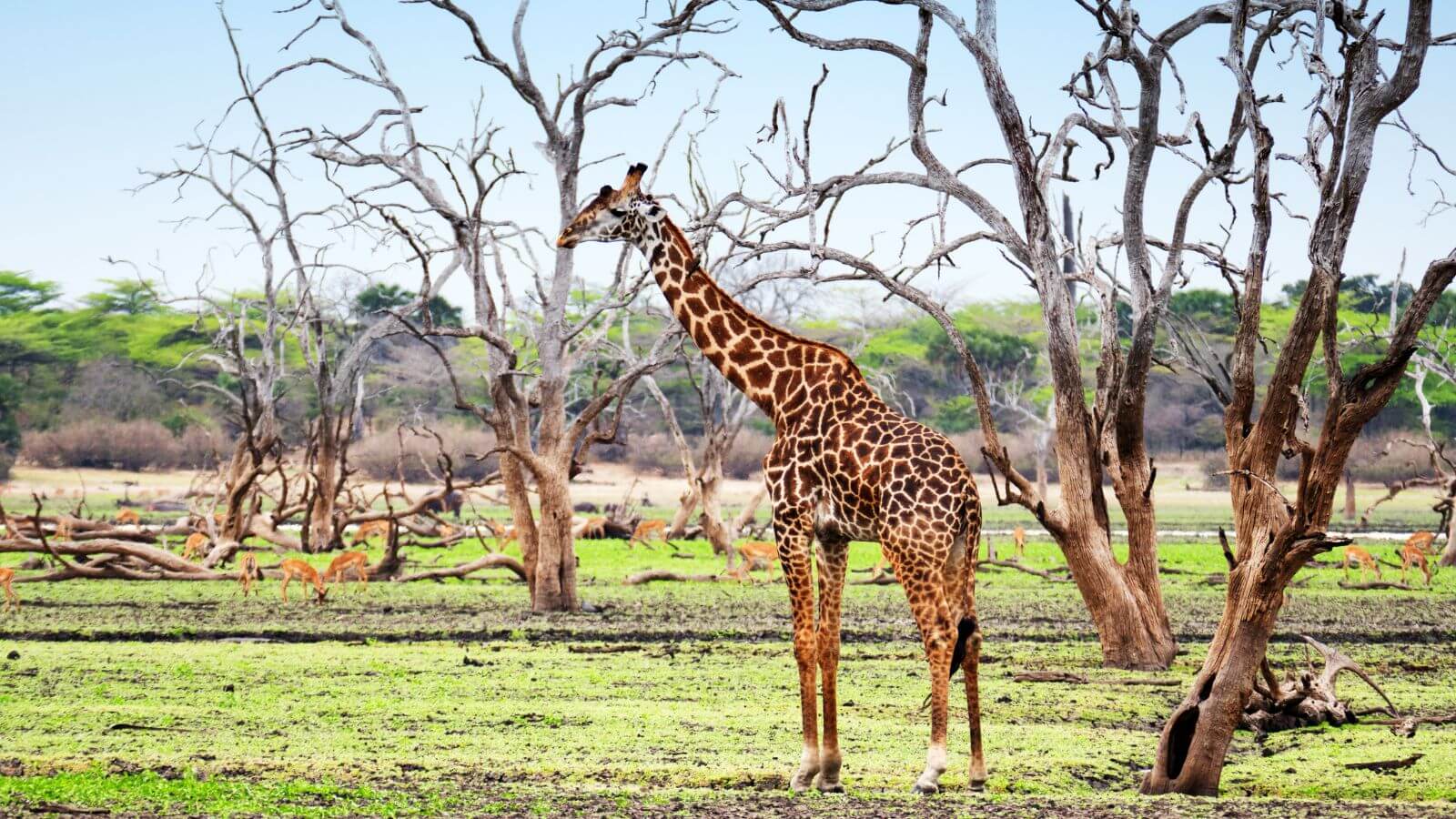
Birds
Bird enthusiasts will be in awe of the variety of avian species found in Nyerere National Park. Over 400 species of birds have been recorded within the park’s boundaries, making it a prime destination for birdwatching. Amongst the many species present, visitors can expect to see African fish eagles, lilac-breasted rollers, herons, storks, and a wide assortment of raptors. Whether you are an experienced birder or a beginner, Nyerere NP offers incredible opportunities to marvel at the colorful plumage and melodious calls of its feathered inhabitants.
Best Time To Visit – Nyerere National Park
The best time to visit Nyerere NP is during the dry season, which typically runs from June to October. During this time, the water sources in the park become scarce, forcing the animals to congregate around the remaining waterholes. This concentration of wildlife makes for exceptional game viewing opportunities. However, even during the wet season, from November to May, the park is a captivating destination, as the landscape becomes lush and green, and many animals give birth to their young, resulting in incredible sightings. See 9 Days the best of southern Safari
Weather & Climate
Nyerere National Park experiences a tropical climate, with two distinct seasons – wet and dry. The dry season, from June to October, is characterized by warm days and cooler nights, with temperatures ranging from 20 to 30 degrees Celsius (68 to 86 degrees Fahrenheit). The wet season, from November to May, brings higher temperatures, humidity, and occasional rainfall, resulting in a verdant landscape. It is advisable to carry lightweight and breathable clothing, as well as waterproof gear, during your visit to NP.
Getting There
Reaching NyerereNP is made convenient by its close proximity to major cities and transportation hubs. The park can be accessed via direct flights from Tanzania’s capital city, Dar es Salaam, to the nearby airstrips of Selous or Stiegler’s Gorge. Alternatively, one can opt for road transport, with well-maintained routes leading to the park entrance. It is advisable to arrange transportation and accommodation through a reputable tour operator, ensuring a seamless and safe journey. You can combine Nyerere National Park Safaris to Tarangire , Lake Manyara, Ruaha, Ngorongoro and Zanzibar
Malaria & Safety– Nyerere National Park
Nyerere National Park, like most destinations in East Africa, is located within a malaria-endemic region. It is essential to take preventive measures and consult with a healthcare professional before traveling. Using mosquito repellent, sleeping under treated mosquito nets, and wearing long-sleeved clothing can greatly reduce the risk of contracting malaria. Additionally, it is important to follow safety guidelines provided by park authorities, such as staying within designated areas and being aware of the presence of wild animals. By taking common-sense precautions, visitors can enjoy a safe and unforgettable experience in NP. Read our TripAdvisor reviews here

